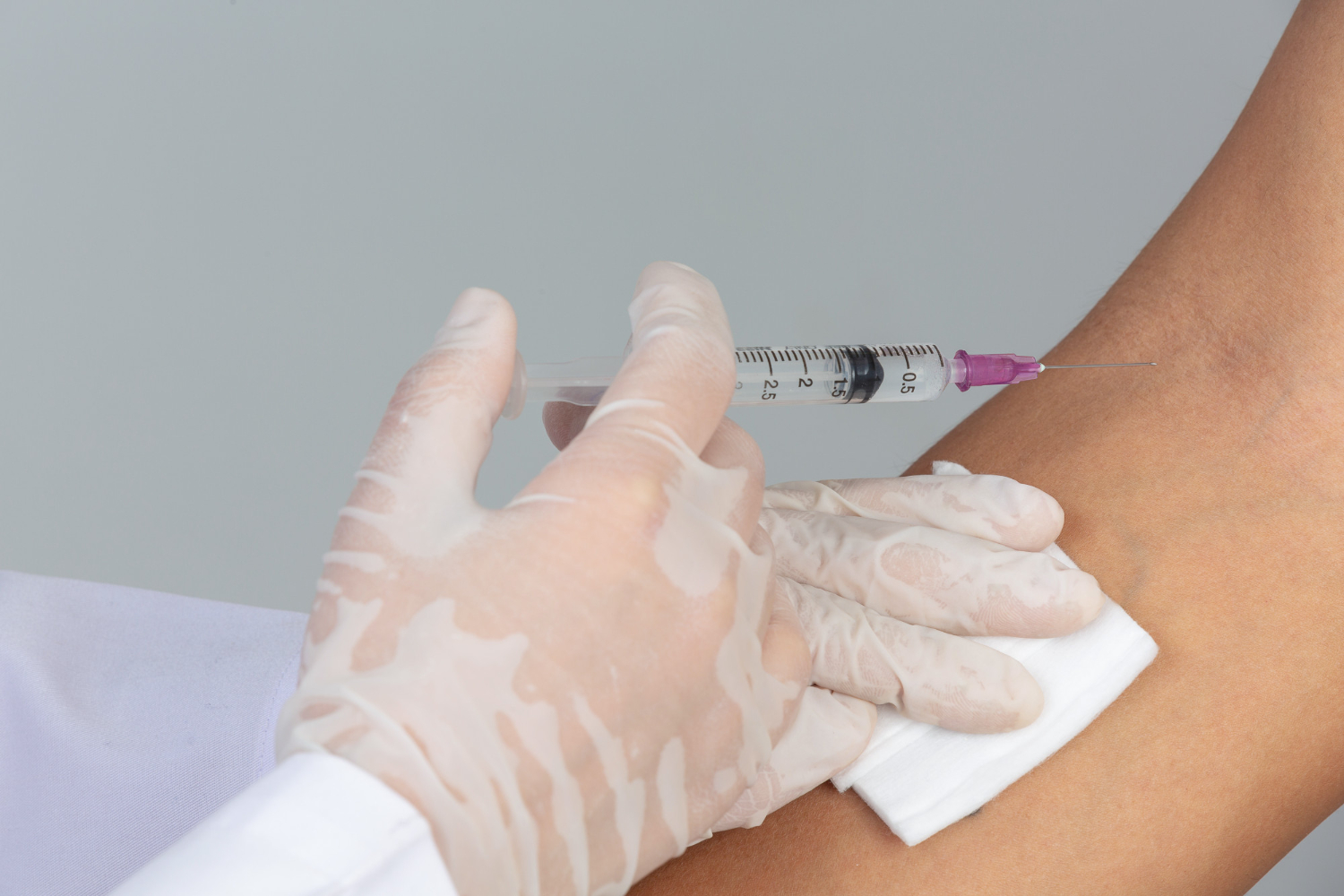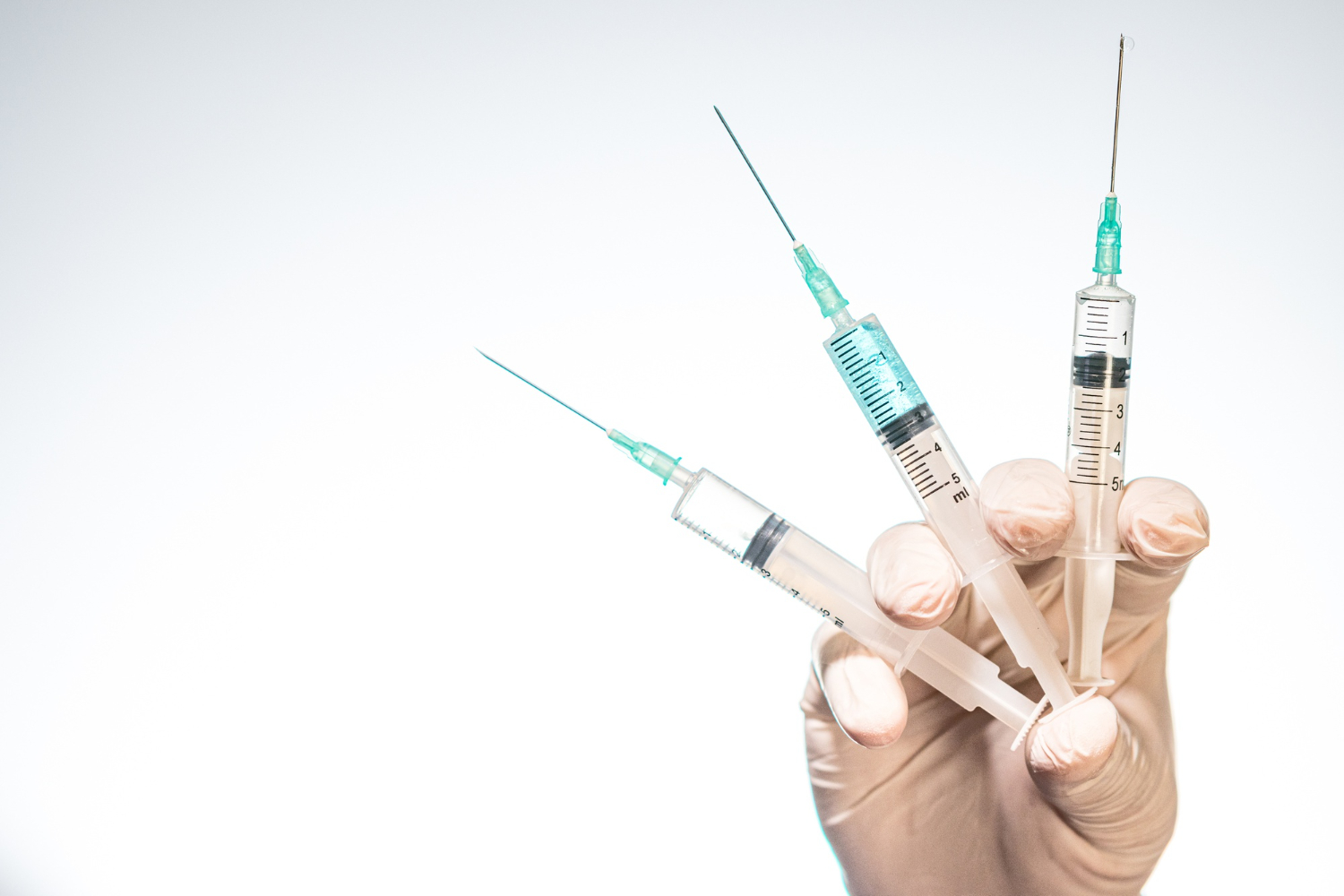Unveiling the Truth: Side Effects of Kenacort Injections You Should Know
Kenacort injections have become a go-to treatment for people struggling with inflammation and pain. Whether it’s joint pain, a flare-up of eczema, or an intense allergic reaction, these injections offer fast relief that many find life-changing. But like any powerful medication, what lies beneath the surface isn’t always as simple as symptom relief – especially when considering potential steroids side effects that can impact long-term health.
Before you roll up your sleeve, it’s important to understand exactly what Kenacort does- and what it might do to your body in the long run. This guide breaks down everything you need to know about Kenacort: how it works, when it helps, when to be cautious, and the steroids side effects that could impact your health.

What Are Kenacort Injections?
Kenacort is the brand name for triamcinolone acetonide, a corticosteroid drug that reduces inflammation and calms an overactive immune response. It’s typically given via injection directly into joints, muscles, or skin lesions, depending on the condition being treated.
Doctors often recommend Kenacort when fast, targeted relief is needed- especially when other treatments haven’t worked.

Why Are Kenacort Injections Prescribed?
These injections are used to treat a range of conditions, including:
- Joint issues like rheumatoid arthritis or osteoarthritis
- Tendon and soft tissue problems such as tendinitis or bursitis
- Skin conditions like psoriasis, eczema, and keloids
- Allergic reactions including hay fever and asthma
- Autoimmune disorders where the immune system attacks healthy tissue
The aim is simple: calm inflammation and help you move, breathe, or feel better- fast.

How Do Kenacort Injections Work?
Kenacort mimics cortisol, a hormone your adrenal glands produce naturally. When injected, it binds to special receptors and blocks substances that trigger inflammation- such as cytokines and pro-inflammatory chemicals.
This dual action- anti-inflammatory and immunosuppressive- makes it powerful but also complex. It’s why relief can be rapid, but side effects can also creep up, especially with long-term use.

The Side Effects of Kenacort Injections.
Let’s be clear: many people tolerate Kenacort well, especially when it’s used occasionally. However, the side effects of corticosteroid injections like Kenacort can become more serious with repeated use or high doses.
Common (Short-Term) Side Effects:
- Pain, redness, or swelling at the injection site
- Headache or dizziness
- Appetite changes
Temporary mood swings or sleep disturbances

Serious (Long-Term) Side Effects:
- Adrenal suppression – your body may stop making cortisol on its own
- Osteoporosis – fragile bones and increased risk of fractures
- High blood sugar – especially risky for people with diabetes
- Weight gain and bloating
- Skin thinning and easy bruising
- Increased infection risk
- Mood changes – including anxiety, depression, or irritabilit

Who Should Avoid Kenacort Injections?
Kenacort may not be suitable for everyone. You should avoid or be cautious if you:
- Have active infections (especially fungal or viral)
- Have allergies to corticosteroids
- Live with uncontrolled diabetes, osteoporosis, mental health conditions, or stomach ulcers
- Are pregnant or breastfeeding (only take if prescribed by a doctor)
Always disclose your full medical history before starting Kenacort.

How to Minimize Side Effects
- Use the lowest effective dose for the shortest duration
- Monitor bone density, blood sugar, and adrenal function if on long-term treatment
- Eat a calcium- and vitamin D-rich diet
- Engage in weight-bearing exercise
- Discuss any unusual side effects like mood changes or persistent fatigue

Are There Alternatives to Kenacort?
Yes, depending on your condition:
- NSAIDs like ibuprofen or naproxen (for pain and inflammation)
- Hyaluronic acid injections (for osteoarthritis)
- Platelet-Rich Plasma (PRP) injections (for tendon or ligament issues)
- Topical or oral corticosteroids (for skin or allergy-related problems)
- Physical therapy (for joint or soft tissue pain)
Always consult your doctor to weigh risks, benefits, and other options.

Final Thoughts
Kenacort injections can offer powerful relief, sometimes when nothing else seems to work. But like any medication, it’s important to know what you’re signing up for. Understanding the potential side effects of triamcinolone acetonide, monitoring your health, and having honest conversations with your healthcare provider can help you make the most informed decision possible.
Your health deserves both relief and respect, and achieving that begins with knowledge.

FAQs About Kenacort Injections
1. What is Kenacort injection used for?
Kenacort injections are used to treat inflammation, pain, and immune-related conditions such as arthritis, eczema, asthma, and allergic reactions.
2. How long does a Kenacort injection last?
Relief from a Kenacort injection can last from a few days to several weeks, depending on the condition being treated and the dosage.
3. Are Kenacort injections safe?
When used occasionally and under medical supervision, Kenacort injections are generally safe. Long-term or high-dose use can lead to serious side effects.
4. What are the side effects of Kenacort?
Common side effects include injection site pain, headaches, and appetite changes. Long-term use may cause weight gain, bone loss, adrenal suppression, and mood changes.
5. Who should not take Kenacort?
People with infections, uncontrolled diabetes, osteoporosis, or steroid allergies should avoid Kenacort injections unless prescribed and closely monitored by a doctor.
6. Can Kenacort injections weaken the immune system?
Yes. Kenacort suppresses the immune system, which can increase the risk of infections, especially with long-term use.
7. Is Kenacort a steroid?
Yes. Kenacort contains triamcinolone acetonide, a corticosteroid that reduces inflammation and suppresses the immune response.
8. Can Kenacort be used for skin problems?
Yes. Kenacort is often injected into skin lesions or used for conditions like psoriasis, eczema, and keloid scars to reduce inflammation and discomfort.

